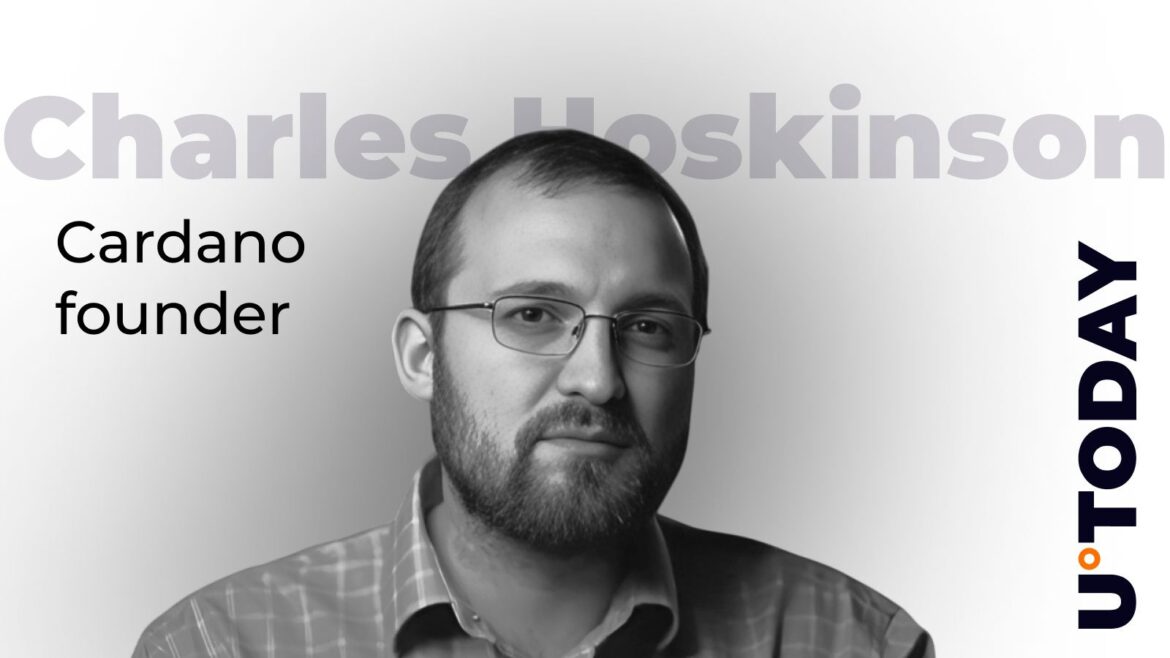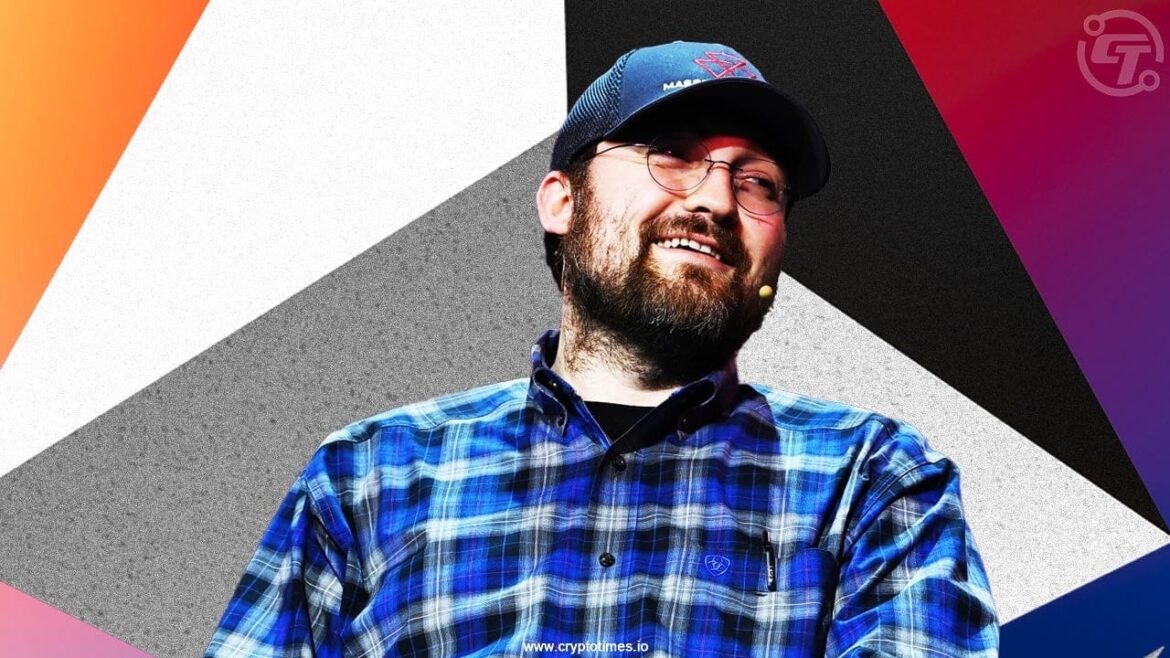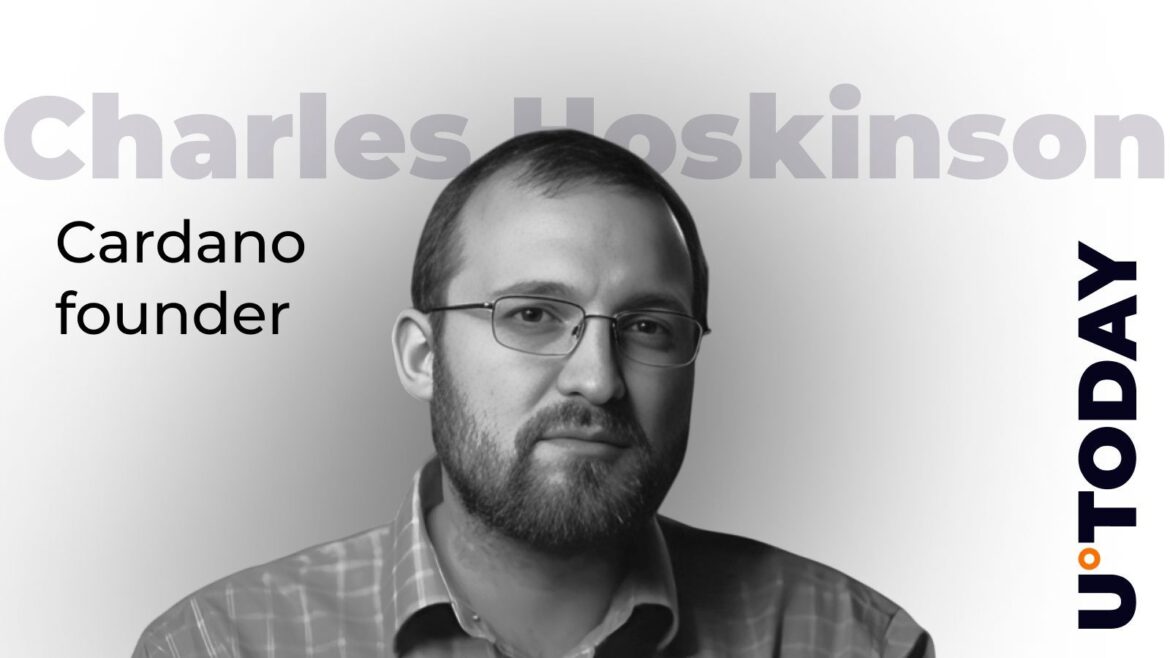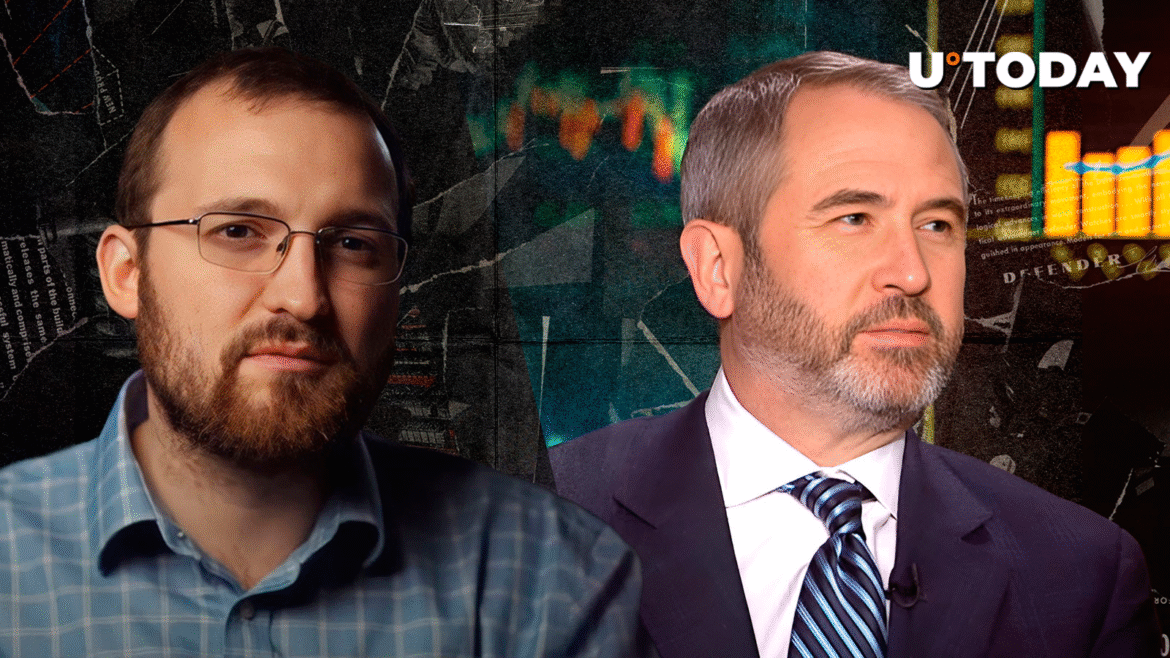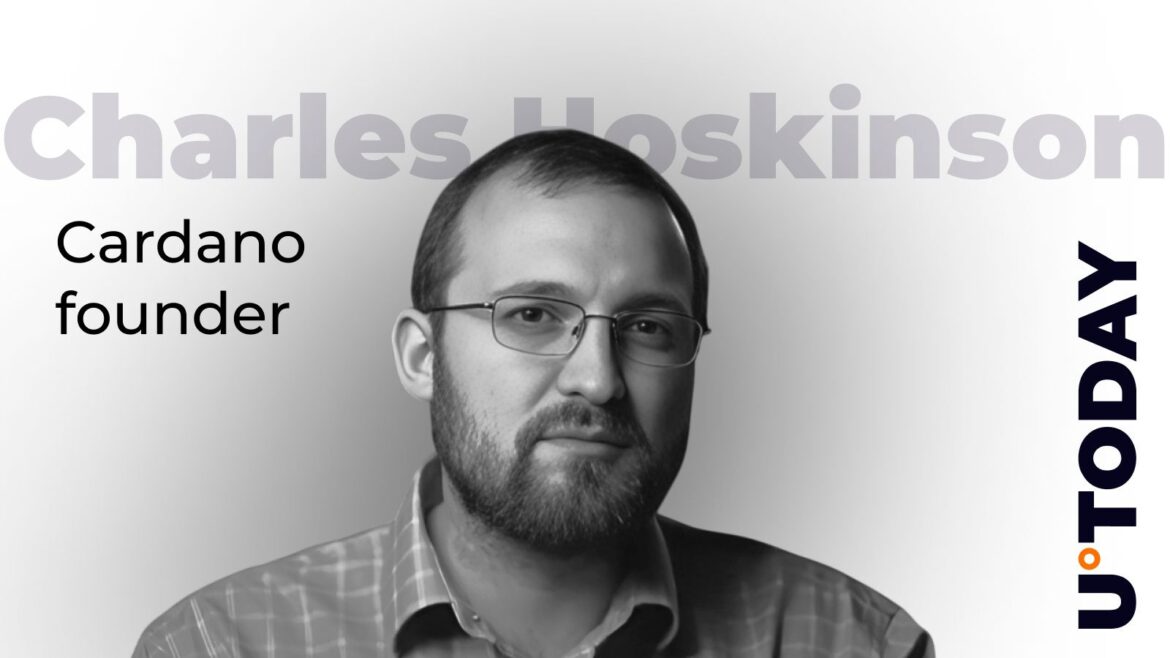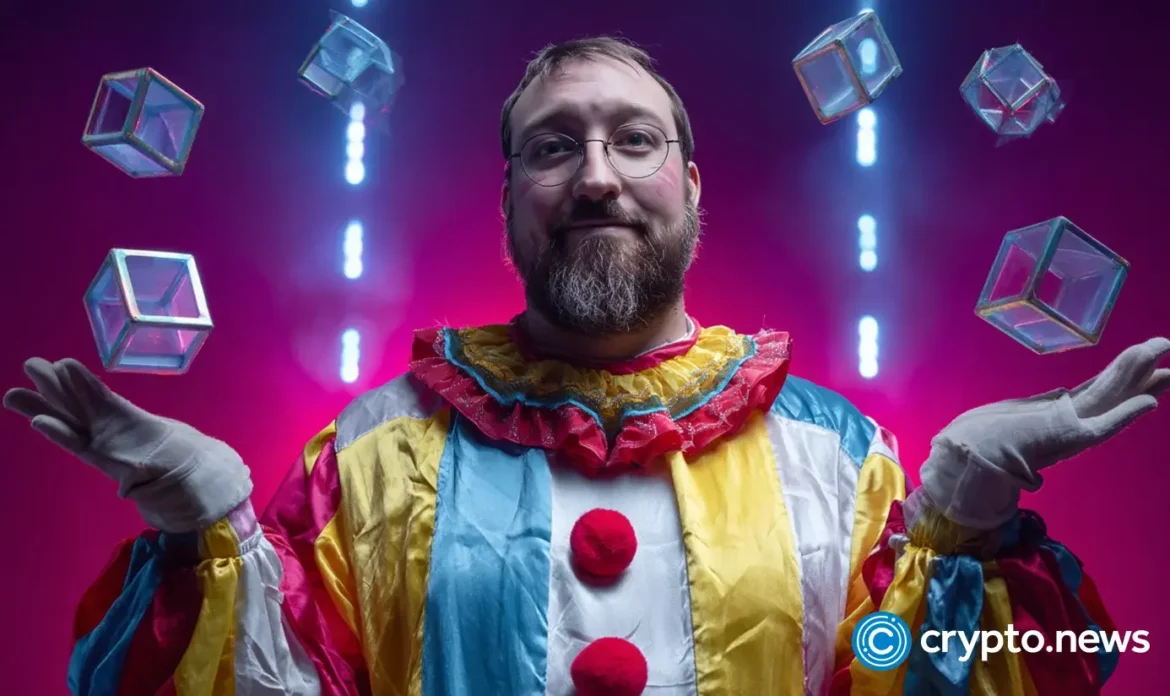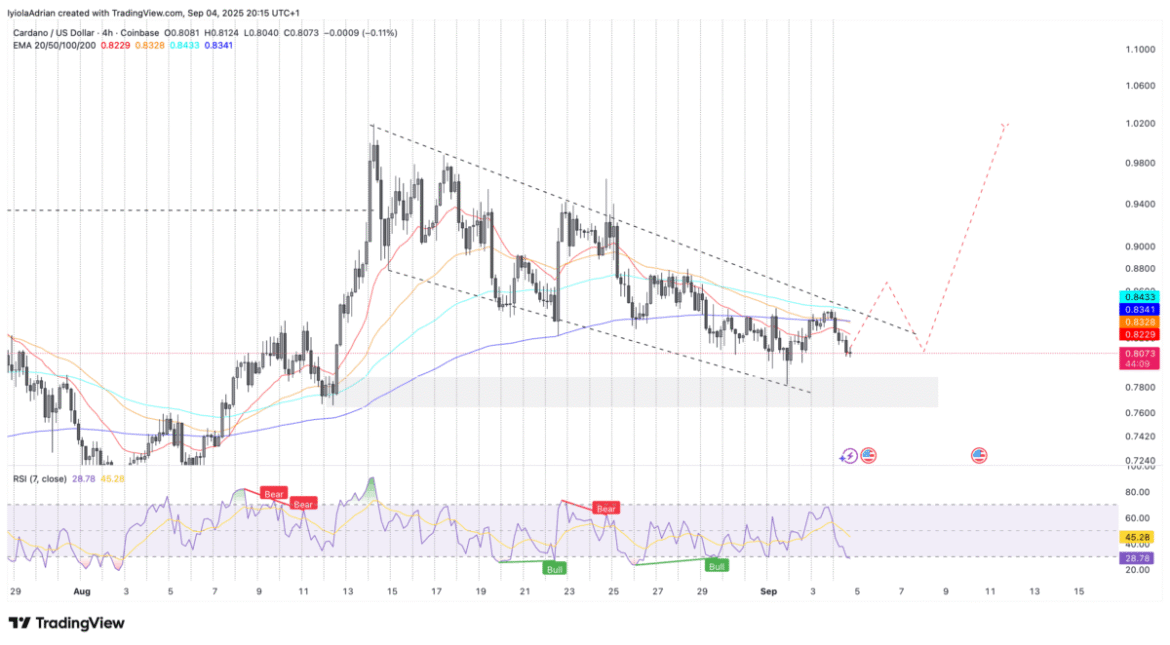Input Output Global CEO Charles Hoskinson has taken to X to lambast crypto news outlet Cointelegraph, accusing it of defamation at the highest level.”
Hoskinson claims that Jon Rice, the editor-in-chief at Cointelegraph, is refusing to retract the story about IOG’s involvement in the alleged theft of $600 million worth of ADA vouchers.
The Cardano founder claims that Cointelegraph is preparing a story about how it is being pressured by IOG. However, Hoskinson insists that requiring “basic journalistic integrity” does not qualify as pressure.
Hoskinson has advised other cryptocurrency projects to pull ads from Cointelegraph and refuse to attend their events in order not to legitimize them.
ADA voucher controversy, explained
In early May, non-fungible token (NFT) artist Masato Alexander sparked a significant controversy by alleging that Hoskinson used his genesis key to rewrite the Cardano ledger and misappropriate roughly $600 million worth of ADA tokens. Alexander described this as “one of the biggest reorgs in blockchain history.” However, Hoskinson insisted that the overwhelming majority of vouchers were actually redeemed by ICO participants.
You Might Also Like
Cointelegraph covered the controversy back in May, focusing on Alexander’s allegations and Hoskinson’s subsequent reaction.
However, as reported by U.Today, an independent forensic audit, which has involved law firm McDermott Will & Emery and accounting firm BDO, found that 99.7% of ADA vouchers were actually properly redeemed. The unclaimed tokens are used for funding ecosystem grants via Interspect, a Cardano governance body.
After Hoskinson was exonerated by the audit, he is now demanding accountability from Cointelegraph after the outlet helped to amplify the voucher controversy.

